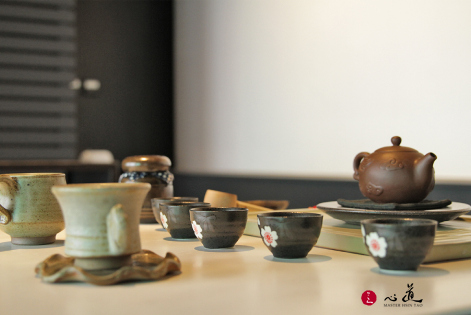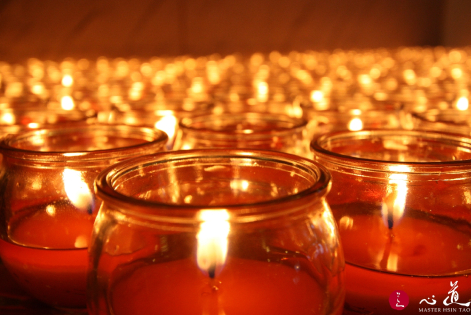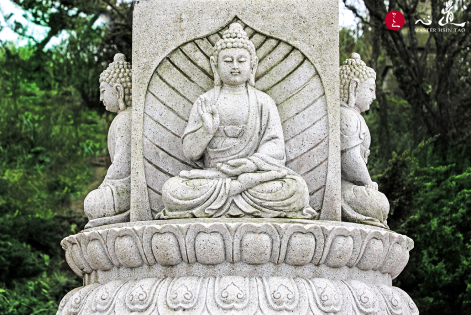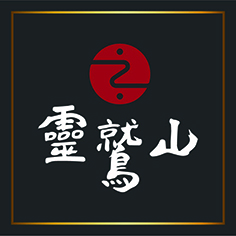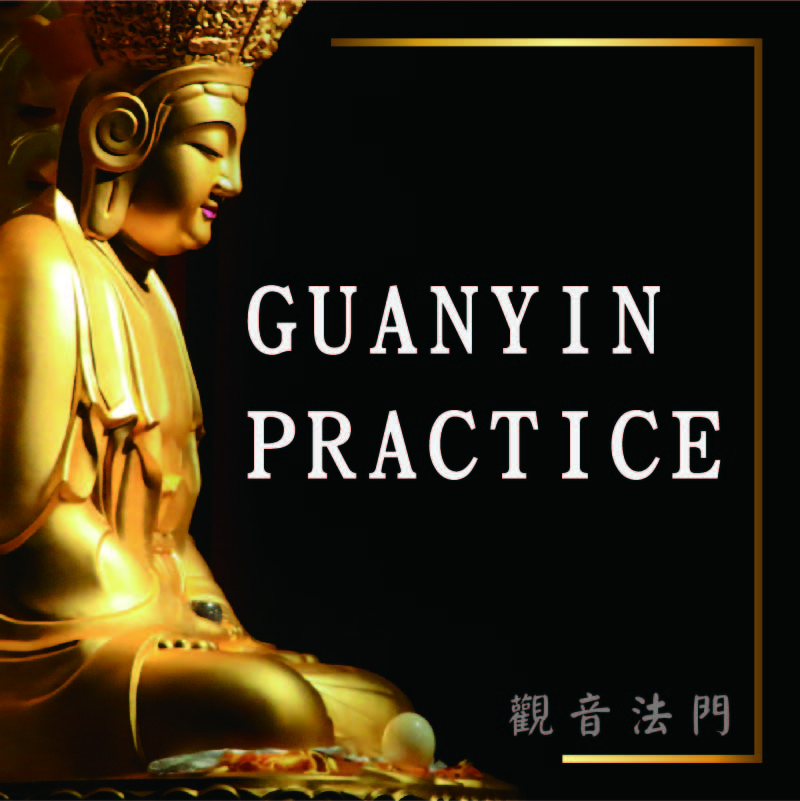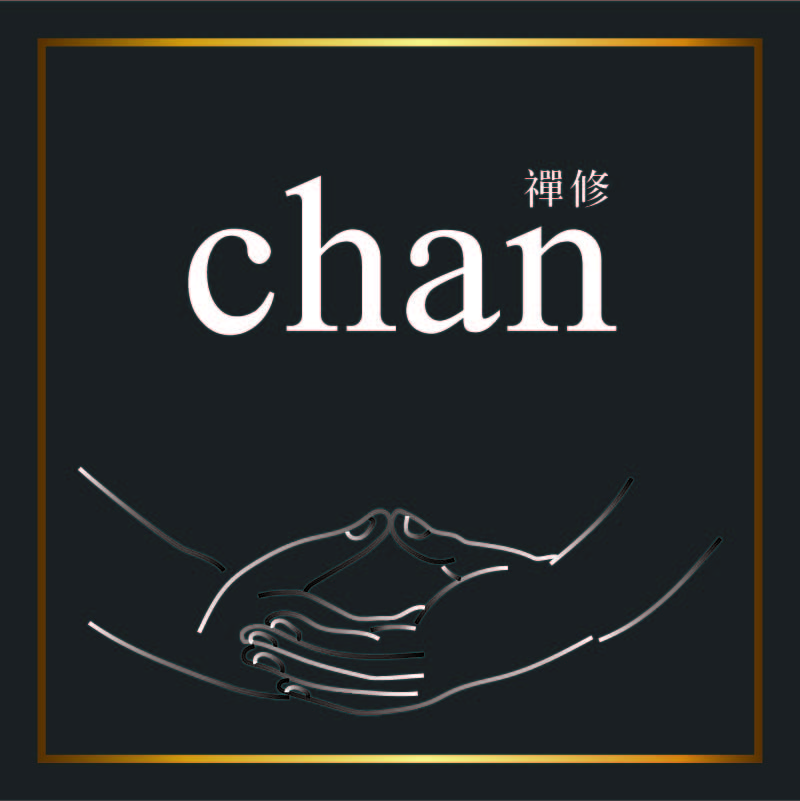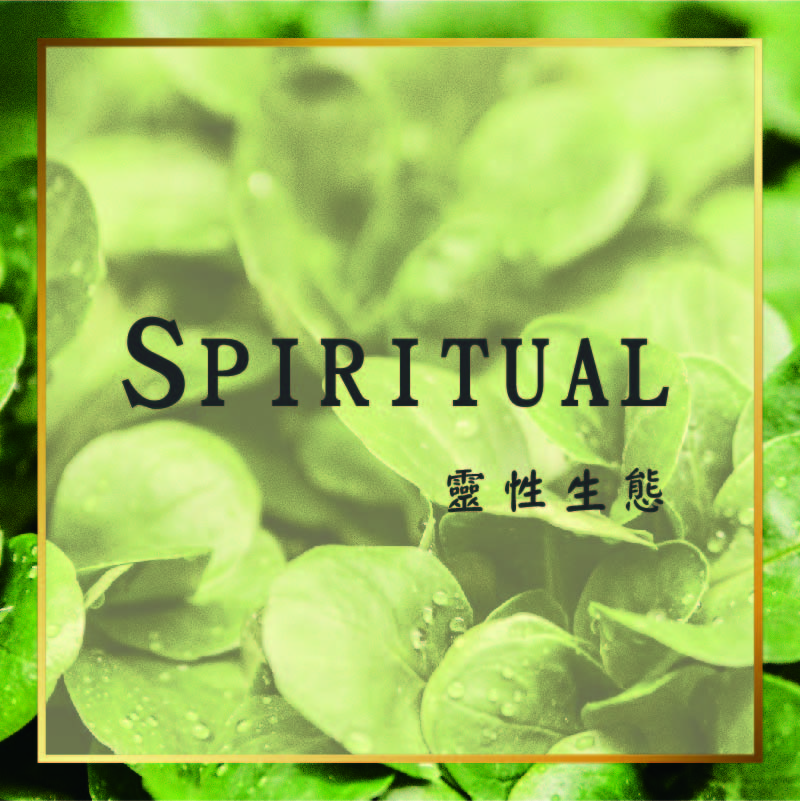
An undefiled life
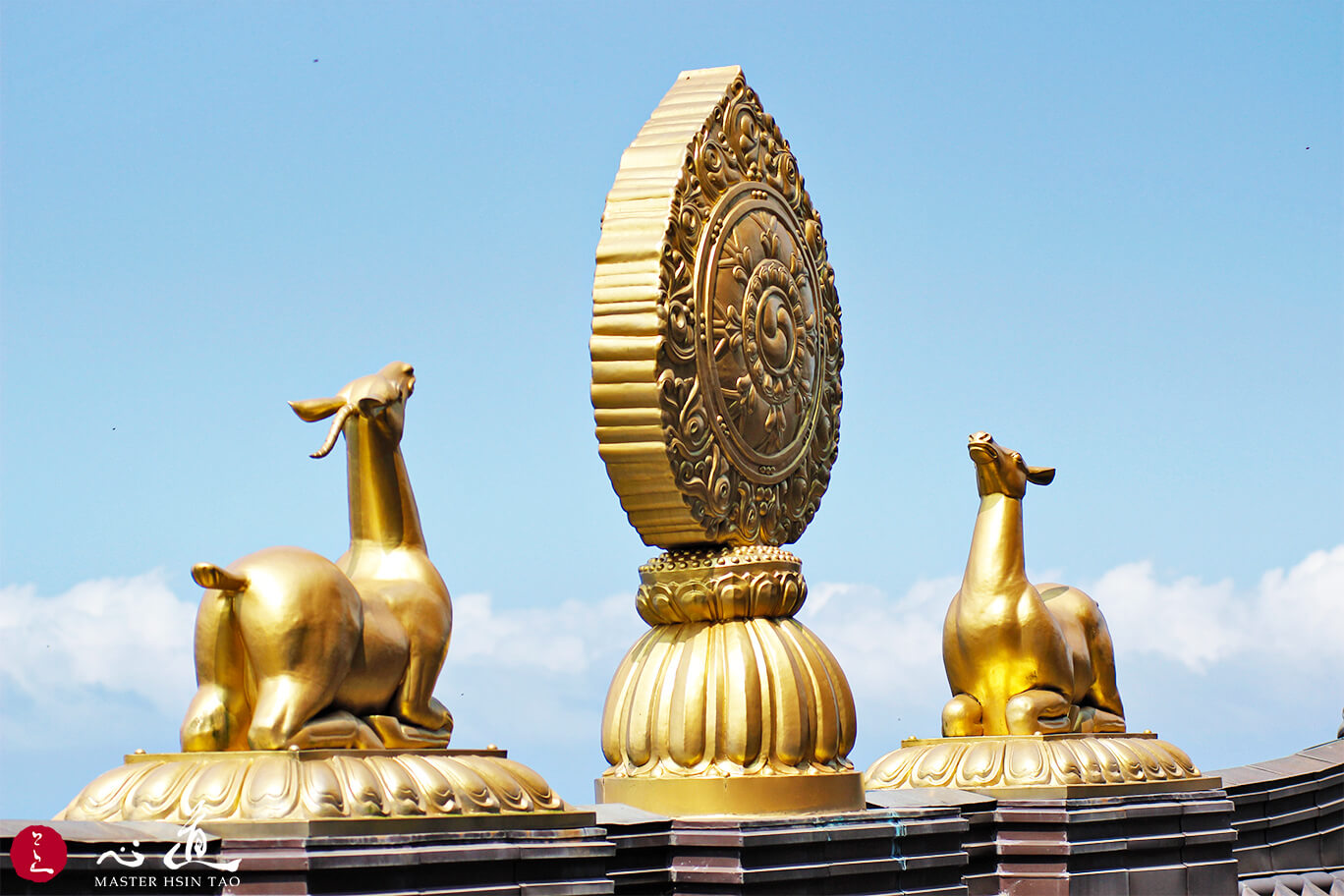 Dharma practice relies based on the three higher trainings (ethical disciplines, meditative stabilization, wisdom). Ethical disciplines are like a garment of life. It is an expression of vigilance. Monastics, in particular, one must observe precepts properly. By doing so, our minds would be purified and become liberated eventually. Stay mindful to recite the name of Amitabha, recollect the qualities of Dharma, the Sangha, the awareness, and purity. We should strive to recollect all the qualities leading to liberation.
Dharma practice relies based on the three higher trainings (ethical disciplines, meditative stabilization, wisdom). Ethical disciplines are like a garment of life. It is an expression of vigilance. Monastics, in particular, one must observe precepts properly. By doing so, our minds would be purified and become liberated eventually. Stay mindful to recite the name of Amitabha, recollect the qualities of Dharma, the Sangha, the awareness, and purity. We should strive to recollect all the qualities leading to liberation.
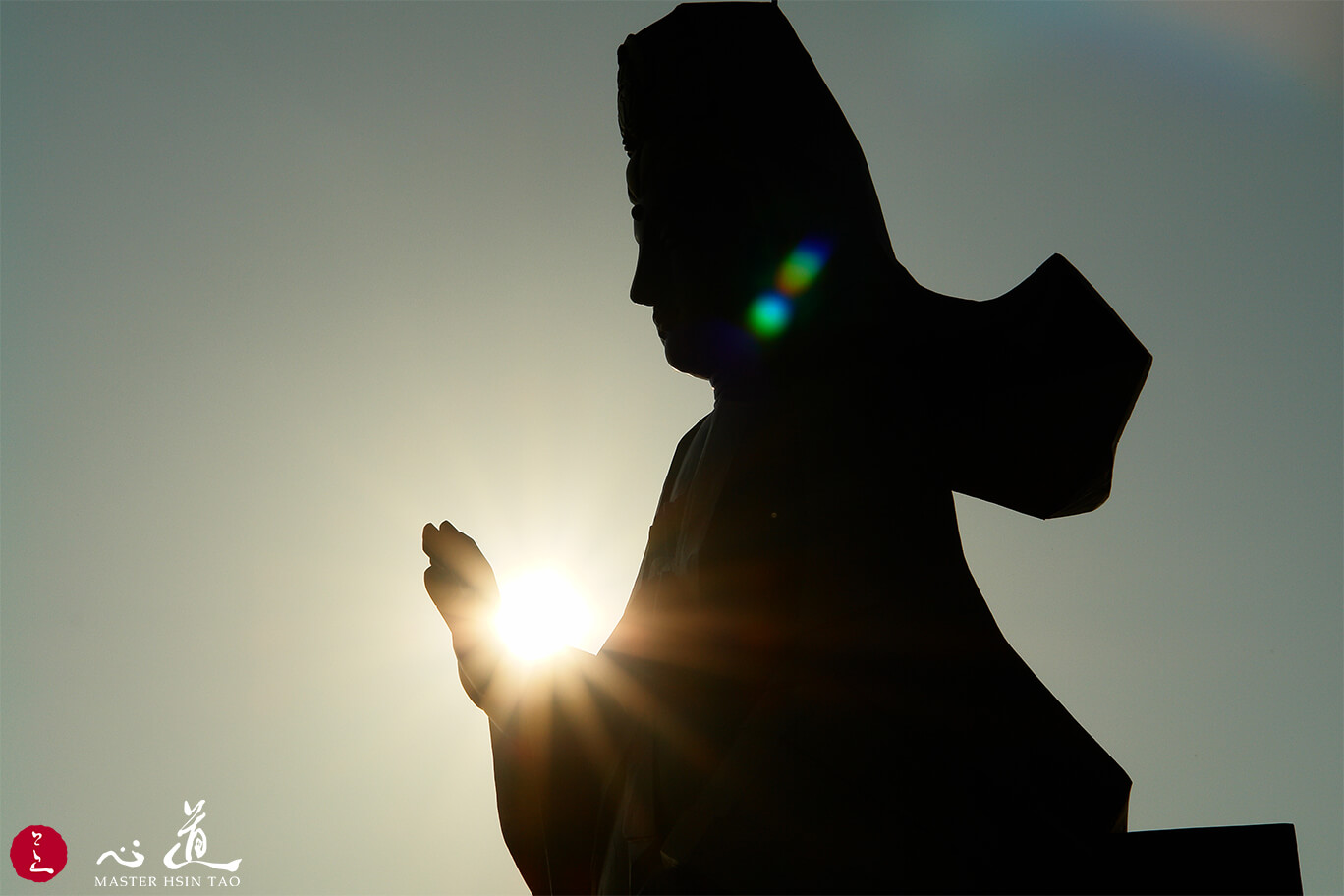 Meditative stabilization is one of the most important trainings in our practice. What is meditative stabilization? It'd take the experiences of genuine application to have a taste of meditative stabilization. Every being possesses a jeweled-like mind. The only problem is that we can't seem to uncover this treasure. Instead, we pursue externally. This will only lead us astray from the path. If we could remember to reflect our minds constantly, we'd surely have glimpses of our nature. These are amazing moments that we'd certainly enjoy.
Meditative stabilization is one of the most important trainings in our practice. What is meditative stabilization? It'd take the experiences of genuine application to have a taste of meditative stabilization. Every being possesses a jeweled-like mind. The only problem is that we can't seem to uncover this treasure. Instead, we pursue externally. This will only lead us astray from the path. If we could remember to reflect our minds constantly, we'd surely have glimpses of our nature. These are amazing moments that we'd certainly enjoy.
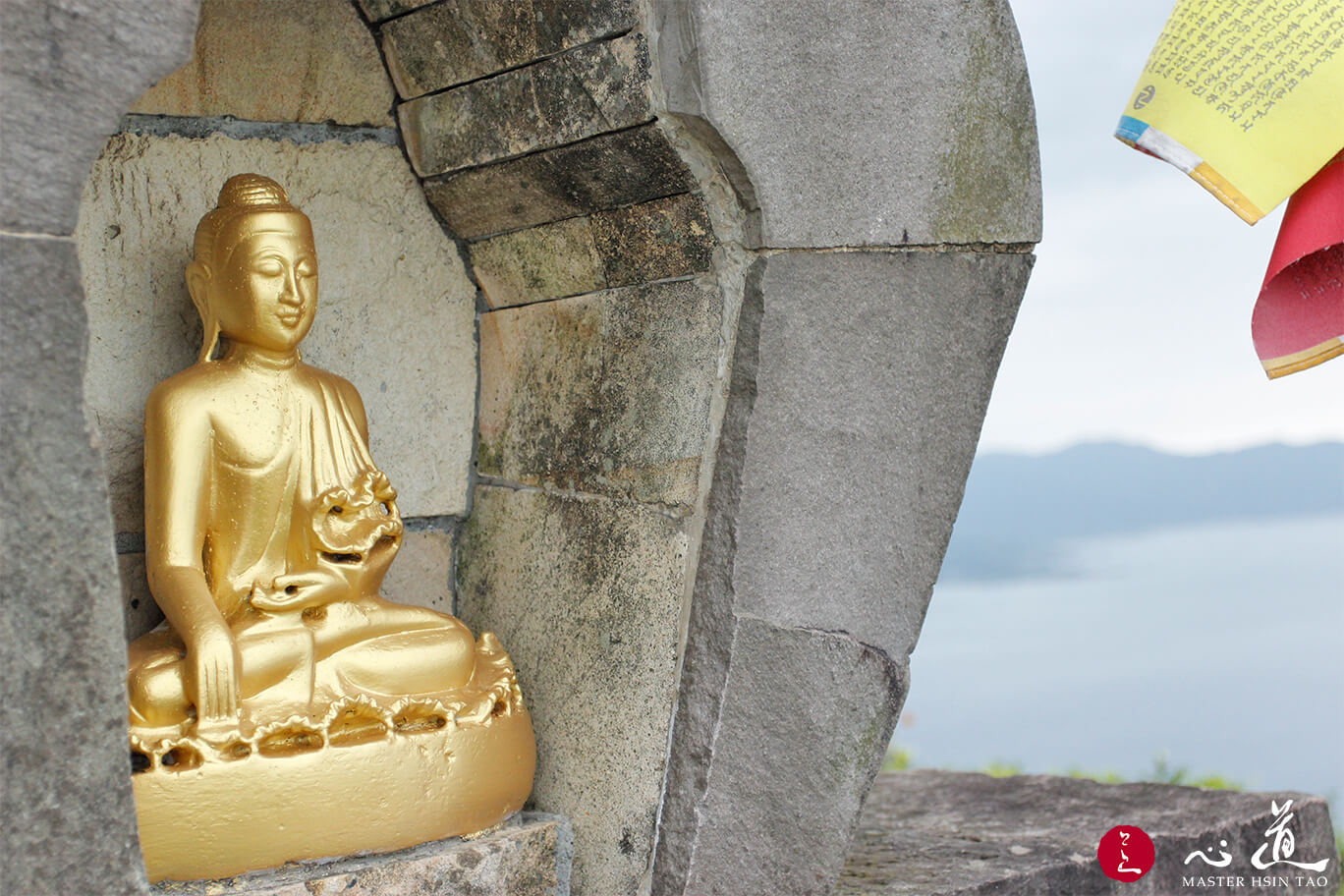 The wisdom or knowledge of the Buddha can be found in the Triyana. This is an exclusive heritage we Buddhists adhere to. Each vehicle has its unique features. From a surface level, the Mahayana tradition seems to focus on the recitation and study of sutras. The Hinayana tradition is restrictive with ethical disciplines. The Vajrayana tradition has rich volumes of shastras. We can find the Tripitaka in the teachings of Triyana. I've stressed repeatedly that monastics must adhere to the tradition. Furthermore, we must transmit the treasure to sentient beings as much as possible. Wisdom in the three higher training concerns the wisdom of the Buddha and our understanding of the mind.
The wisdom or knowledge of the Buddha can be found in the Triyana. This is an exclusive heritage we Buddhists adhere to. Each vehicle has its unique features. From a surface level, the Mahayana tradition seems to focus on the recitation and study of sutras. The Hinayana tradition is restrictive with ethical disciplines. The Vajrayana tradition has rich volumes of shastras. We can find the Tripitaka in the teachings of Triyana. I've stressed repeatedly that monastics must adhere to the tradition. Furthermore, we must transmit the treasure to sentient beings as much as possible. Wisdom in the three higher training concerns the wisdom of the Buddha and our understanding of the mind.
It is not easy to be a genuine monastic in the Age of Information. No matter what kind of life we experience, we must make use of it and transform it for Dharmic purposes. Master Taixu proposed a reformed idea of "the living Buddhism", which emphasizes transforming life experiences as an element for enlightenment. Through the purification of Dharma, our lives would transform. We'd be able to resolve troubles and break free from the delusion of the three poisons (greed, aversion, ignorance). Our lives would become purified and stainless. After the transformation, we'd transcend obscurations. Our body and mind will remain in clarity and intuitive. With lessened emotional troubles, the burden would also lessen. Consequently, we would be more capable of carrying on the path of a bodhisattva and aspire to great vows.
In brief, there are two types of attainment, one is the Hinayana aspiration for the nirvana without residue while another being the Mahayana aspiration for the Buddhahood. All the Buddhas perform the wondrous abilities in the state of unarising. They engender bodhicitta and take on the path of the bodhisattva. The sublime ones could transform the dust of afflictions into omniscient wisdom. This is the difference between the two types of attainments. Practitioners must aspire and engage in bodhisattva conduct for infinite lifetimes. This is the education on life of Guan Yin (Avalokiteshvara). All the monastics here are very fortunate to have the affinity. We should practice and aspire fiercely. Radiate the luminosity of life right here and right now.


